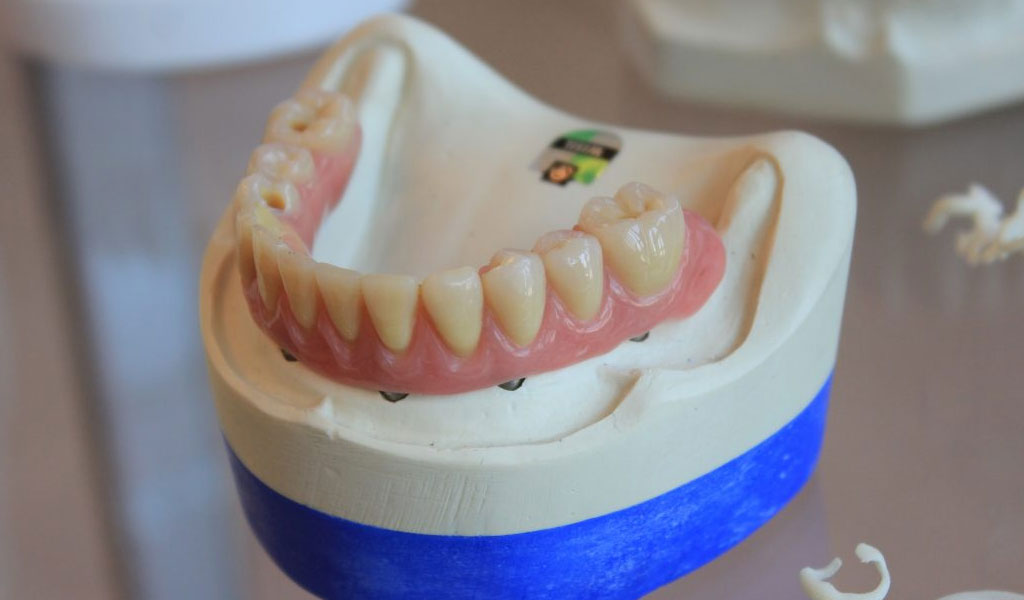The techniques used to make dentures are often labour-intensive, expensive, imprecise and have remained largely unchanged and unexceptional for decades. 3D printing technology is now taking denture manufacturing in a new direction, and in November 2022 Dr Andrew Keeling from the University of Leeds is investigating whether this technology is feasible? And are the printed results acceptable to the wearer? Are they as good or better than existing dentures?
Dentures are essential for many people, many of whom are older, less affluent and often struggle with ill-fitting dentures, or don’t have them at all. To address this problem and make dentures more affordable for more elderly people, researchers have used 3D printing technology to reduce the cost of dentures and obtain more accurate models of dentures.
The needs of the approximately 6% of the population who have lost all their teeth and need complete removable dentures are often overlooked in modern dentistry. Dentures and the labour-intensive techniques used to make them have been around for over a century. New materials for 3D printing have recently received the ‘CE mark’, which means that 3D printing is safe for use in the manufacture of items such as dentures. However, there has not been any robust research to test the best way to 3D print dentures, or to determine if they are better suited? Are they strong enough to fit into everyday life? Or are they equally popular by the wearer?Dr Andrew Keeling wanted to find out how best to make 3D printed dentures and test whether they were as good as conventional dentures through clinical trials. He was awarded a grant of £247,552 (approximately $290,000) to research the use of 3D printing for dentures, which Dr Andrew Keeling has been leading since 2018.
Are 3D printed dentures better?
3D printed dentures have the potential to solve many problems, and Andrew Keeling is investigating whether they can be made to fit better, be more comfortable and be cheaper, easier and faster to produce than traditional dentures, and whether these new dentures are acceptable to the wearer.
In a pilot study, the researchers worked with three dental centres equipped with digital scanners for scanning dental impressions and models. Together they worked to improve the scanning software and optimise the 3D printing process, and then tried the results with users. Each participant in the study was given two sets of dentures: one made using traditional methods and one made using 3D printing. Overall, the wearers rated both sets roughly the same, confirming that the new versions were acceptable. Now that Andrew Keeling has found the best way to scan the impressions and models and print the dentures, he will take the technology forward to a larger trial.
What impact will this have?
Andrew Keeling’s work will have a positive impact on people who have lost their dentures, a situation that occurs mainly in the elderly population, particularly in hospitals and nursing homes. Currently in the UK there is a significant time cost associated with making a new set of dentures, which means that people experience being without teeth for several months, which can have an impact on both the physical and mental health of the patient. It is really gratifying to be able to do something worthwhile for the elderly .
At present, making a new set of replacement dentures in a nursing home requires several dental appointments and costs thousands of pounds. With 3D printing, a new set of teeth can be printed quickly using digital scanner files and delivered to the patient quickly. This not only saves significant time and money, but also reduces the number of face-to-face visits to the dentist.
Andrew Keeling has demonstrated that 3D printed dentures are within the user’s reach in terms of time, cost and comfort. Currently, Andrew Keeling’s work has been halted by COVID-19, but he says he will start again. It is expected that their research project will continue and make further progress.

